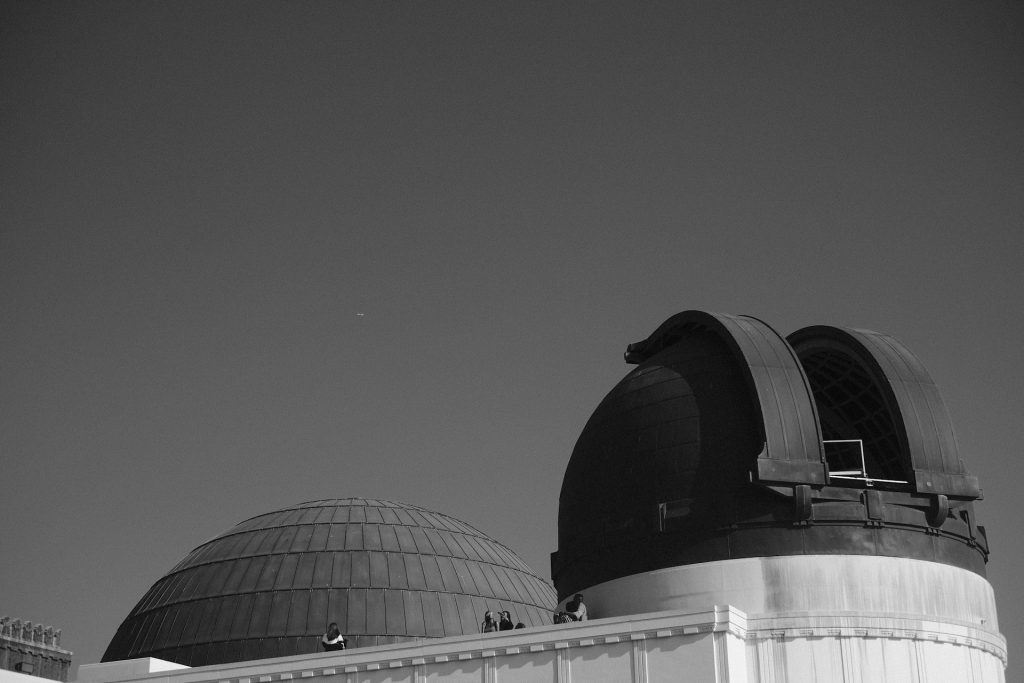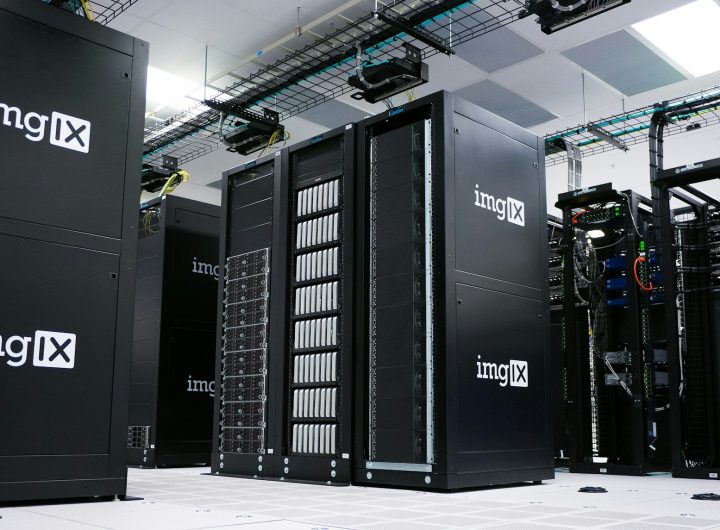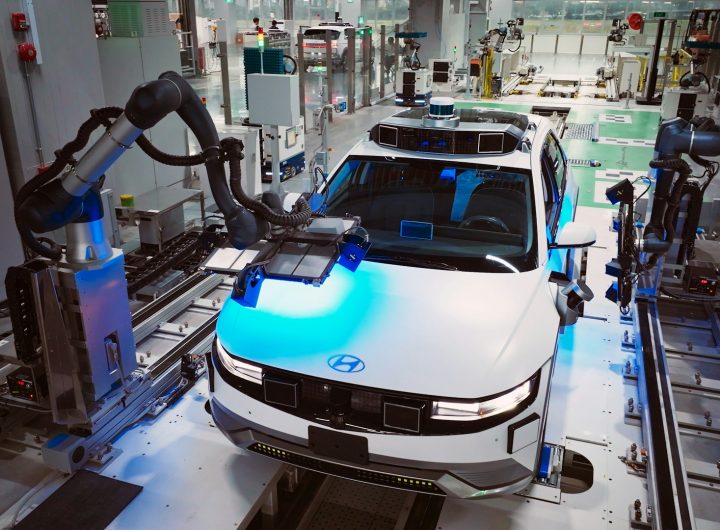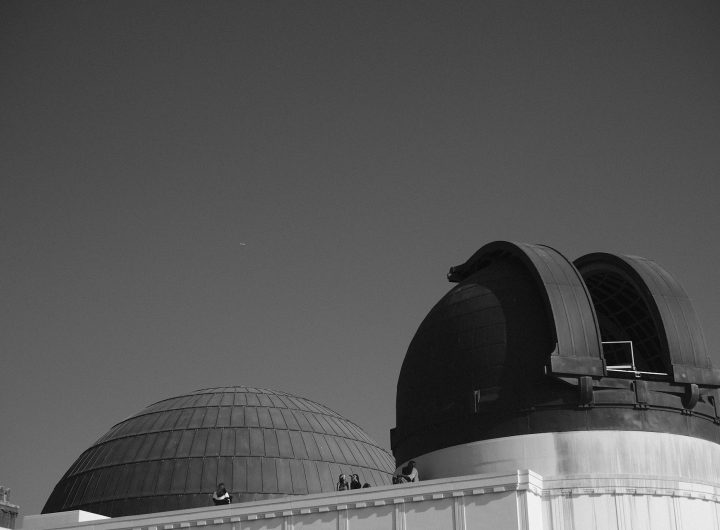
The European Space Agency (ESA) has officially launched one of its most ambitious space projects to date — the construction of a vast gravitational wave observatory in space. This marks the beginning of the Laser Interferometer Space Antenna (LISA), a telescope that will consist of three synchronised satellites flying in formation millions of kilometres away from Earth.
The contract was signed between ESA and OHB Systems AG, a Bremen-based aerospace company, with additional involvement from Thales Alenia Space, a subsidiary of the French multinational Thales. Together, they are tasked with developing and building this pioneering observatory designed to detect ripples in the fabric of spacetime — gravitational waves — with unprecedented precision.
The LISA mission is scheduled for launch in 2035 aboard an Ariane 6 rocket. The payload will consist of three nearly identical spacecraft, which will position themselves approximately 50 million kilometres from Earth. Once in place, the trio will form a massive, triangle-shaped interferometer with sides each measuring 2.5 million kilometres.
Precision Engineering to Unveil the Hidden Universe
At the heart of the mission is an extraordinary level of measurement precision. Each of the three spacecraft will be equipped with laser interferometers capable of detecting distance changes of just a few nanometres — billionths of a metre. This capability is essential for identifying the minuscule distortions in spacetime caused by passing gravitational waves.
Each probe will carry a cube made of gold and platinum that floats freely inside. The spacecraft will use laser beams to constantly monitor the position of this cube relative to the other satellites. Any tiny shifts in distance between them could indicate the passage of a gravitational wave.
If such a fluctuation is detected, the system will be able to measure the wave’s intensity based on the degree of spatial distortion. Because LISA operates far from the noise and interference present on Earth, and due to its immense size and configuration, it is expected to offer significantly improved sensitivity compared to ground-based detectors.
A New Era in Space Observation
Scientists hope that LISA will help uncover previously unknown sources of gravitational waves. Until now, these waves have been mainly observed from events like the mergers of black holes and collisions of neutron stars. These cosmic phenomena are crucial to expanding our understanding of the universe.
More importantly, LISA’s findings could shed light on one of physics’ biggest mysteries: how quantum mechanics and general relativity interact. The ability to observe gravitational waves with such detail could open the door to exploring quantum gravity — a potential unifying theory that bridges the gap between Einstein’s theory of relativity and the world of quantum physics.
The LISA mission, once operational, is set to become a milestone in astrophysics, offering scientists an entirely new window into the most violent and mysterious processes of the cosmos.
 AWS Receives Final Approval for €15.7 Billion Data Centre Expansion in Aragon
AWS Receives Final Approval for €15.7 Billion Data Centre Expansion in Aragon  Porsche’s Leipzig Plant Hit by Cuts Amid Ongoing Automotive Crisis
Porsche’s Leipzig Plant Hit by Cuts Amid Ongoing Automotive Crisis  Mercedes-Benz Expands eActros 600 Line-Up for Long-Haul Transport
Mercedes-Benz Expands eActros 600 Line-Up for Long-Haul Transport  UnitedHealth Shares Plunge Nearly 20%, Dragging Dow Jones Down by 700 Points
UnitedHealth Shares Plunge Nearly 20%, Dragging Dow Jones Down by 700 Points  Major Berlin Real Estate Firm Ziegert Files for Insolvency After Four Decades
Major Berlin Real Estate Firm Ziegert Files for Insolvency After Four Decades  German Economy Faces Prolonged Stagnation
German Economy Faces Prolonged Stagnation  Novo Nordisk Shares Plunge After Profit Warning: Mixed Reactions from Analysts
Novo Nordisk Shares Plunge After Profit Warning: Mixed Reactions from Analysts  Volkswagen’s HR Chief Gunnar Kilian Steps Down Amid Internal Disagreements
Volkswagen’s HR Chief Gunnar Kilian Steps Down Amid Internal Disagreements  Construction Begins on 2.5-Million-Kilometre Telescope to Detect Gravitational Waves
Construction Begins on 2.5-Million-Kilometre Telescope to Detect Gravitational Waves